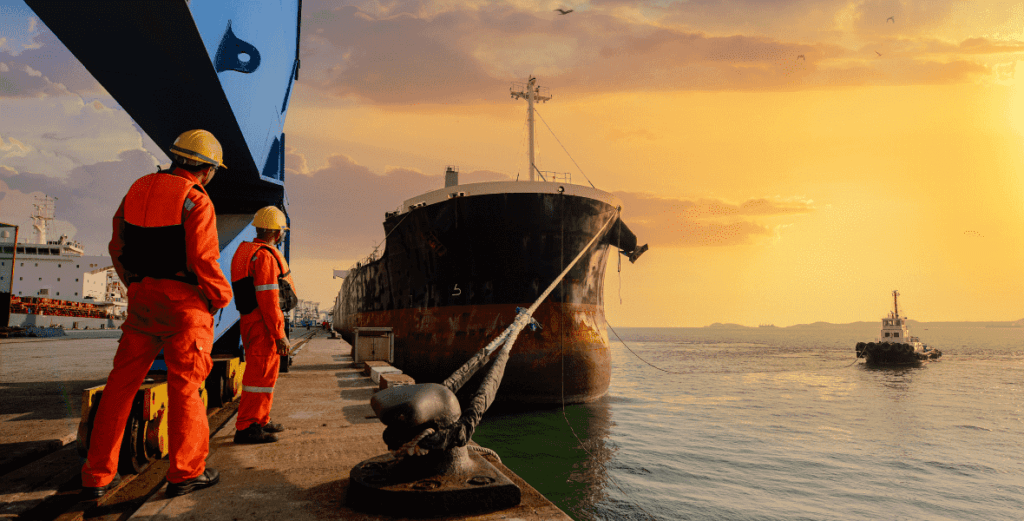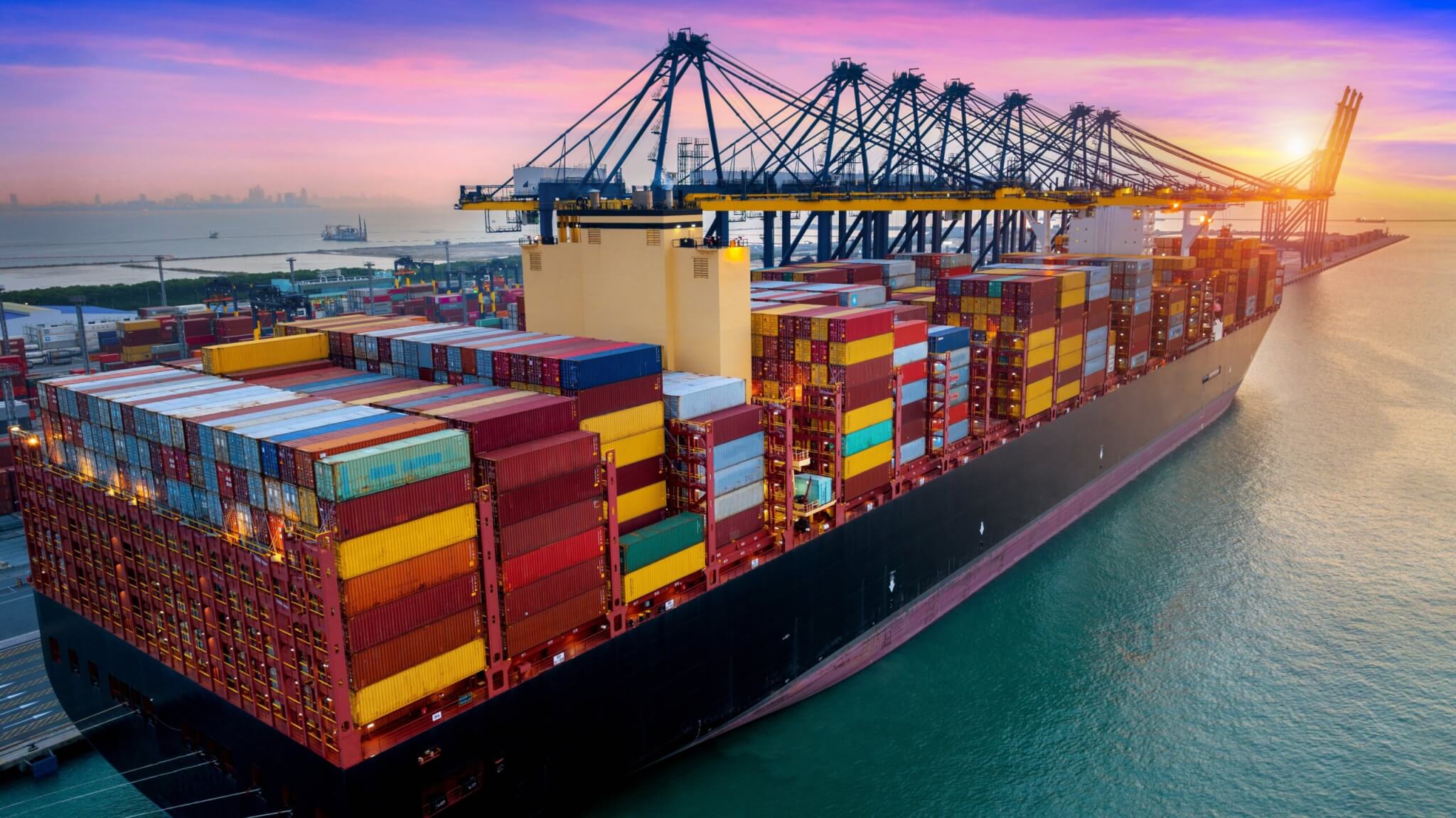The maritime shipping sector remains a significant contributor to global greenhouse gas emissions, intensifying climate change and impacting the health of communities, ecosystems, and economies worldwide. We work in partnership with local communities and the public and private sectors to transform maritime shipping toward a carbon-free future.
The challenge
Ships transport 90% of the world’s cross-border freight — from consumer goods to industrial commodities. While the maritime industry facilitates the flow of supply chains, it also exacerbates the climate crisis by contributing 3% of all greenhouse gas (GHG) emissions, or approximately 1 billion tons of CO₂, annually. If the shipping industry were a country, it would be the sixth-worst GHG emitter in the world.
Shipping vessels also emit other fossil fuel-based pollutants that contribute to 60,000 deaths each year related to heart and respiratory diseases, particularly in communities near seaports. As global trade continues to grow, international shipping emissions could rise to 17% or more of global GHG by 2050.
Decarbonizing shipping isn’t just about tackling climate change — it’s about easing the health toll on port communities, which suffer most from polluted air.
The opportunity
There is a viable path toward cleaner international shipping. An assortment of promising solutions — from slower speeds, to efficiency measures like wind sails, to zero-carbon fuels — can cleanly power large vessels that dominate deep-sea transportation. Meanwhile, electricity can propel ferries, tugboats, and other harborcraft, eliminating major pollutants.
Modernized seaports and green shipping corridors through international trade routes can create the conditions to scale zero-emission technologies. Stronger global regulations, investments in innovative technologies, and public-private partnerships can accelerate the transition toward zero-carbon, healthy port communities, resilient ecosystems, and thriving economies. Philanthropy can serve as a central catalyst for this multifaceted and necessary transition.
Moreover, the shift to zero-emission shipping presents an economic opportunity. Investments in clean maritime technologies are driving job creation in shipbuilding, clean energy, fuel production, and the development of port infrastructure. Countries and companies leading this transition are securing competitive advantages in a rapidly evolving global trade landscape.
By advancing policies that incentivize first movers and ensuring that regulatory frameworks support innovation, the maritime industry can become not only more environmentally friendly but also more economically viable.
Our approach
Together with civil society, the private sector, and portside communities, we are shaping the market and policy environments to help transform international shipping into a zero-emissions industry by 2050. We work in Africa, the Americas, Asia, and Europe.
We do this by:
Building capacity and relationships
We convene leading organizations that work with international, national, and regional regulators to align shipping regulations with the Paris Agreement. Organizations we support also engage with policymakers at the national, regional, local, and port levels to inform decarbonization efforts.
Ensuring communities shape net-zero transitions in ports
Communities in and near seaports must play a central role in efforts to decarbonize shipping. We work with legal and technical partners and aligned coalitions to help build a durable ecosystem of frontline organizations that can advance people-centred port decarbonization.
Creating proper market conditions to spur the transition
We help establish partnerships between governments, civil society, and industry to develop policies that pave the way for zero-emission shipping.
Inspiring the private sector to lead by example
We encourage stakeholders across the value chain — from shipping companies to global retailers to ports — to set meaningful climate goals and increase their ambition beyond regulatory compliance. Our collaborations have led to significant innovations, such as the first international zero-carbon shipping routes.
Connecting leaders and experts
We help build networks that connect local communities, NGOs, industry, and academia to surface cross-sector insights and lasting strategies that can drive the transition toward zero-emission shipping.
Impact
We work to achieve the following outcomes:
Impact stories
Building momentum to decarbonize maritime shipping
While ships got stuck at sea and supply chain woes grew during the pandemic, a fast-moving decarbonization movement played out behind the scenes.



